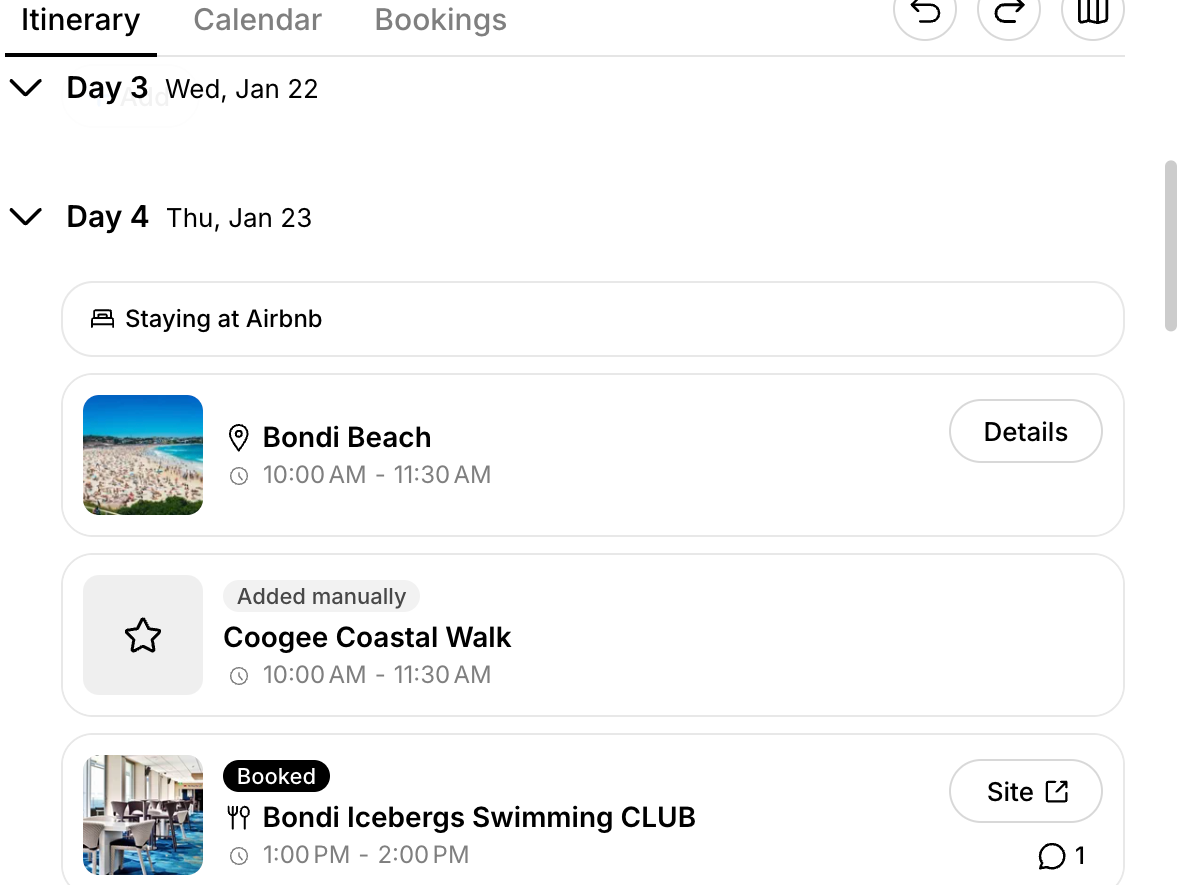Mindtrip launched an AI-powered travel planner promising slick, personalized itineraries with photos, reviews, and maps. It sounds perfect for complex trips like international honeymoons. But testing it on a 12-day Australian honeymoon revealed mixed results.
The core strength? Organization. Mindtrip generated a neat, chronological itinerary pulling in flight info, hotel bookings, and activities. Users can even add others to collaborate on the plan. That’s a win for couples or group trips.
Mindtrip created a calendar based on our itinerary.
— Jamie Phillis
But personalization faltered. The AI’s restaurant and activity recommendations repeated the same handful of spots. It sometimes ignored quiz responses or doubled up on items already booked. The user called it “frustrating.”
Mindtrip responded:
“The duplicate suggestions may have been due to a glitch in the system, which has since been resolved.”
“We’re continuing to work on ways to incorporate more personalization into the chat experience with or without the quiz.”

Mindtrip created an itinerary based on bookings I’d already made.
— Jamie Phillis
Despite being a solid starting point, Mindtrip still needs work to be a full trip-planning solution. The reviewer still leaned on Google, travel sites, and socials to flesh out the plan. And they’d prefer a mobile app over the current web-only setup for on-the-go use.

Mindtrip provided a good starting point for planning our trip.
— Kapi Ng/Shutterstock
Bottom line: Mindtrip’s AI brings basic trip organization and some info in one place, but personalized recommendations still need a polish. It’s handy but not yet ready to replace good old spreadsheets or Google Docs for serious planners.














